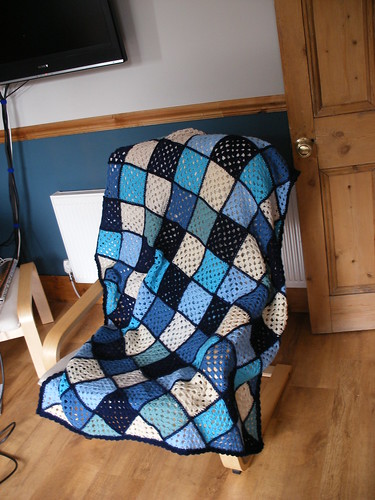I didn’t post much of a wrap-up after ZendCon – partly because that trip ran into the start of another one and I only got home properly yesterday, and partly because something happened in California that I couldn’t talk about until now. One thing I did want to mention is that I gave a session in the unconference while I was there. I spoke jointly with
Matthew Weier O’Phinney – despite any previous panicking I may have done about talks, I had very few nerves this time around and really came away feeling quite inspired about speaking in general. We signed up for the slot the day before (many thanks to whichever people were involved in conspiring to get me to do this), put a few slides together over breakfast, and took it from there with surprisingly good results.

(this is us drinking, rather than speaking, obviously)
Back to my ZendCon story. A few weeks ago, my employers Ibuildings announced their PHP Centre of Expertise which we will be building up. Its an initiative to support the wider PHP ecosystem, particularly because so many key PHP community people and contributors are employed at Ibuildings. I’m not usually a big fan of towing the company line on personal blogs, but this story is important to me.
ZendCon finished on the Thursday lunchtime and after a long afternoon hanging around outside and acquiring some really impressive sunburn (English complexion, Californian sunshine, yes I know I should know better!), the Ibuildings people present at ZendCon went out for a meal – with the table booked for one extra person. When Cal Evans walked in the room, I was delighted to see him, and wondered for a moment if he had just popped in for some beer and chatter – but I was completely and wonderfully wrong! Cal is the Chair of the PCE – so he’ll be my colleague within a few weeks!! I have known Cal for perhaps two years now, he’s a great supporter of phpwomen.org and I count him among my personal friends. Having him move halfway round the world to work with Ibuildings on such an exciting project makes me very optimistic at the thought of things to come. This is Cal and I at the conference:

Ibuildings is often recruiting, and it seems like many friends have joined the organisation already. Could anyone looking for a job with Ibuildings please note that we do have a bonus for employees recommending friends … ?









